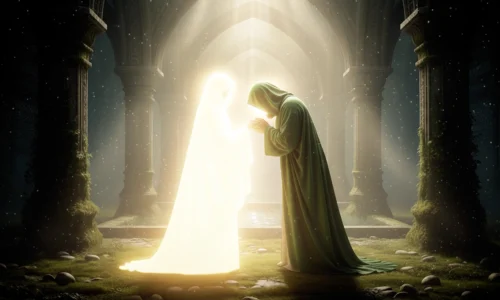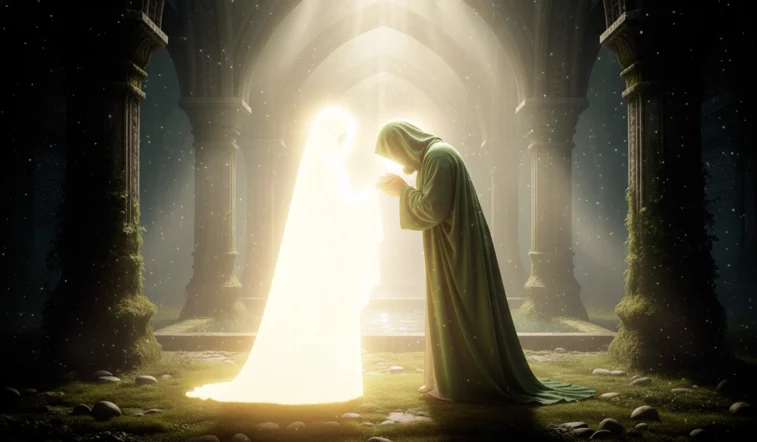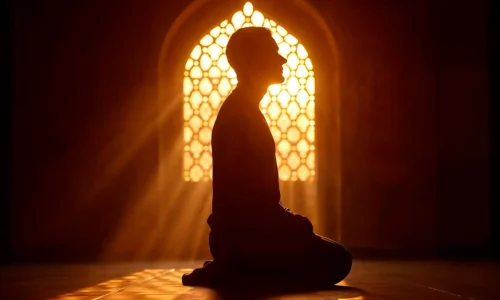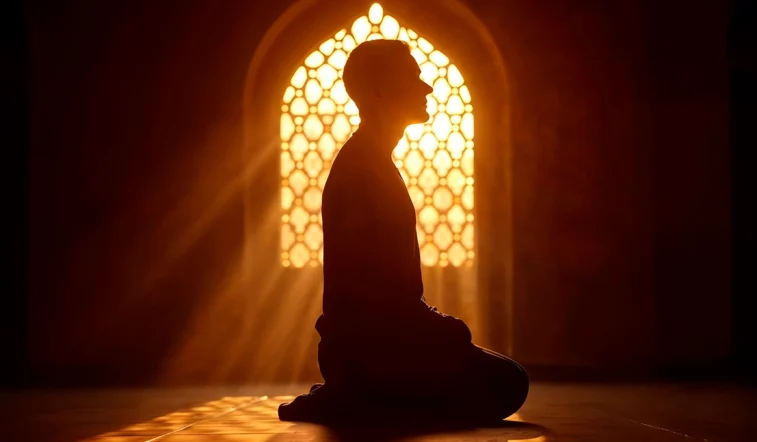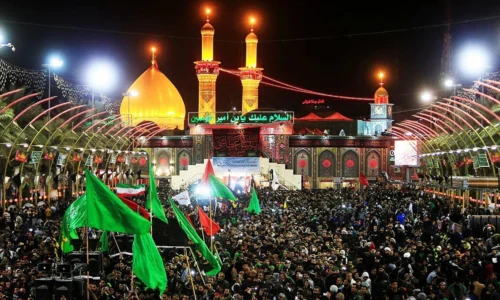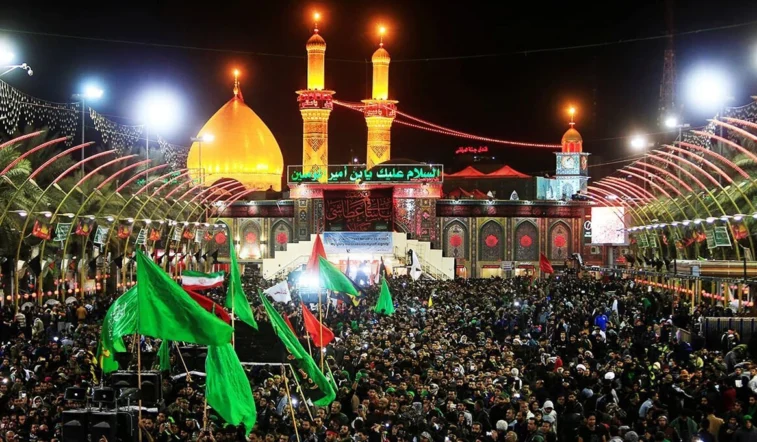The belief in the Mahdi (The 12th Imam), the divinely guided savior who will appear before the Day of Judgment to establish global justice and peace, is a shared doctrine between Sunni and Shia Muslims. However, the details, identity, and role of the Mahdi differ in important ways between the two major Islamic traditions.
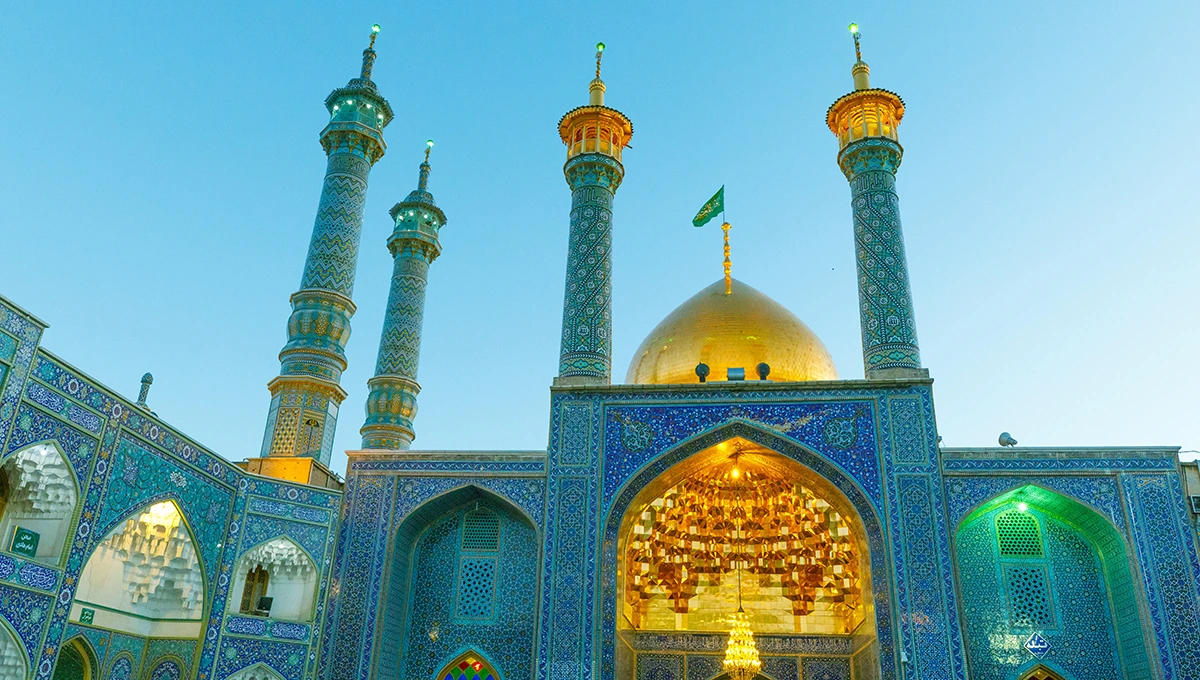
This article aims to explore the common ground as well as the key differences between Shia and Sunni beliefs about Imam Mahdi (A.S.), with a spirit of clarity and respect.
Common Ground: Belief in the Mahdi
Both Shia and Sunni Muslims believe that:
- The Mahdi is a future leader who will appear in the end times.
- His mission will be to eliminate tyranny, establish justice, and unite the Ummah.
- He will lead a global movement supported by righteous believers.
- The Mahdi’s appearance will be preceded by major signs, such as widespread corruption, oppression, and the rise of the Dajjal (Antichrist).
- His rule will coincide with or be followed by the return of Prophet Jesus (PBUH), who will support him in defeating evil forces.
The belief in the Mahdi is documented in both Sunni and Shia hadith collections, including works by scholars such as Al-Tirmidhi, Abu Dawood, and Ibn Majah in Sunni Islam, and Al-Kulayni and Al-Saduq in Shia Islam.
Shia Belief: The Awaited 12th Imam
In Twelver Shia Islam (Ithna Ashariyyah), the Mahdi is a known and living figure:
1. Identity:
- He is Imam Muhammad ibn al-Hasan al-Mahdi (A.S.), the 12th and final Imam from the line of Prophet Muhammad (PBUH) through his daughter Fatimah (S.A.) and son-in-law Imam Ali (A.S.).
- Born in 255 AH / 869 CE in Samarra, Iraq.
2. Occultation (Ghaybah):
- The Mahdi entered a period of Minor Occultation (Ghaybat al-Sughra) in 260 AH, during which he communicated through four special deputies.
- This was followed by the Greater Occultation (Ghaybat al-Kubra) in 329 AH, which continues to this day.
- Shia Muslims believe he is alive and hidden by divine will, awaiting the time God permits his reappearance.
3. Role and Mission:
- He will reappear in Mecca, where a group of 313 loyal companions will pledge allegiance to him.
- He will lead a universal revolution against injustice, supported by righteous believers, and eventually by Prophet Jesus (PBUH).
- He will establish a divinely guided government rooted in the teachings of the Prophet and the Qur’an.
For Shia Muslims, the belief in the Mahdi is central to their understanding of Imamate and a continuation of divine leadership after the Prophet Muhammad (PBUH).
Don’t Miss These Related Stories:
- The Family Lineage of Imam Mahdi (AJ)
- Myths vs. Facts: The Truth About Imam Mahdi (AJ)
- Important Truths About Imam Mahdi’s (AJ) Birth
- Why Imam Mahdi (AJ) Went into Occultation
Sunni Belief: A Future Reformer
In Sunni Islam, belief in the Mahdi is also widespread, though not as central or detailed as in Shia theology.
1. Identity:
- The Mahdi is not identified as someone born in the past or currently alive.
- He will be a future descendant of the Prophet Muhammad (PBUH) through Fatimah (S.A.), and his name will be Muhammad ibn Abdullah, like the Prophet’s.
- His appearance is one of the minor signs of the Day of Judgment.
2. Birth and Reappearance:
- Sunni Muslims generally believe he has not yet been born, and will emerge in a future time known only to Allah.
- He will rise in Mecca, be recognized by the people, and lead the Ummah during a time of great turmoil.
3. Role and Mission:
- The Mahdi will unify the Muslims, lead them in battle against injustice, and restore the teachings of Islam.
- He will rule for seven to nine years, during which the world will experience peace and prosperity.
- He will prepare the way for the return of Prophet Jesus (PBUH), who will descend and defeat the Dajjal.
While the Mahdi is not always mentioned in Sunni creeds (`aqidah), the belief is widely accepted by many scholars and found in authentic hadiths.
A Point of Reflection
While the belief in a yet-to-be-born Mahdi is deeply rooted in Sunni eschatology, this view raises important questions worth contemplation. If every generation continues to await his birth, the concept becomes paradoxical—his future birth is endlessly deferred, making it logically equivalent to him never being born at all.
Moreover, this belief lacks tangible evidence or clear textual markers indicating that the Mahdi has not yet been born. Unlike the detailed genealogical and historical records found in Shia sources, Sunni traditions provide no specific information about his parents, birth lineage, or the circumstances of his emergence. This absence raises critical questions: If he is to be born in the future, how will people recognize him? Who will verify his identity? And more importantly, what ensures his claim will be universally accepted in the absence of verifiable lineage or clear signs?
These gaps invite reflection and scholarly discourse on how such a vital end-time figure can be recognized, supported, and believed in without clear parameters or historical grounding.
Conclusion: A Shared Hope, Different Perspectives
Despite differences in interpretation, both Sunni and Shia Muslims look forward to the coming of the Mahdi as a symbol of hope, justice, and divine victory. He represents the ultimate triumph of truth over falsehood, and the restoration of a just world under the guidance of divine principles.
For both traditions, preparing for the Mahdi means:
- Strengthening one’s faith and character,
- Standing against oppression and corruption,
- Promoting unity, knowledge, and justice.
The Mahdi is a unifying figure, not a divisive one—reminding all Muslims of their shared responsibility to work toward a more just and spiritual world.
